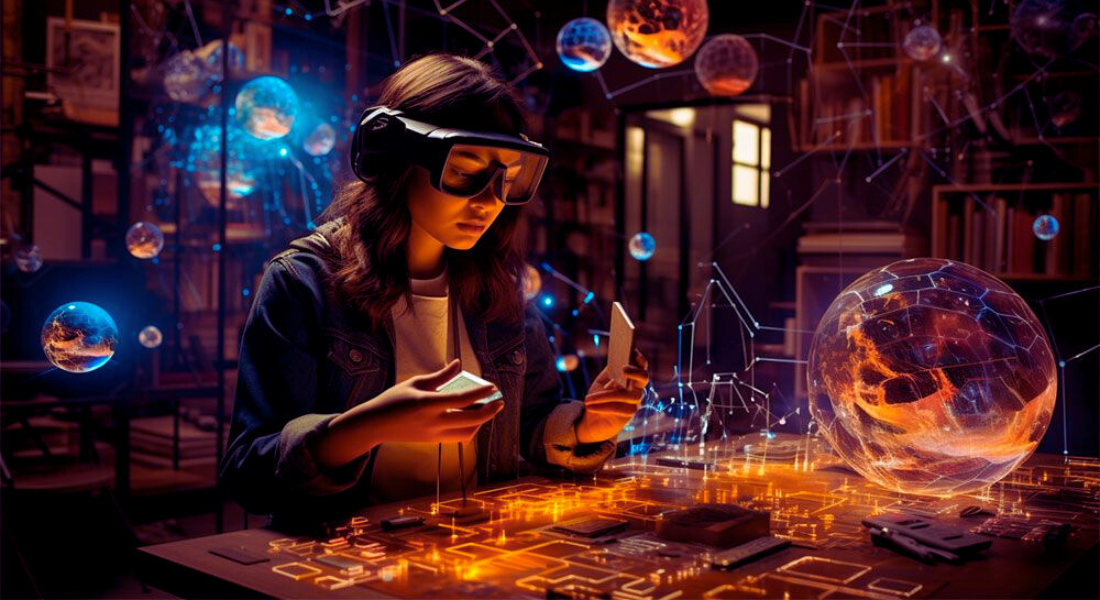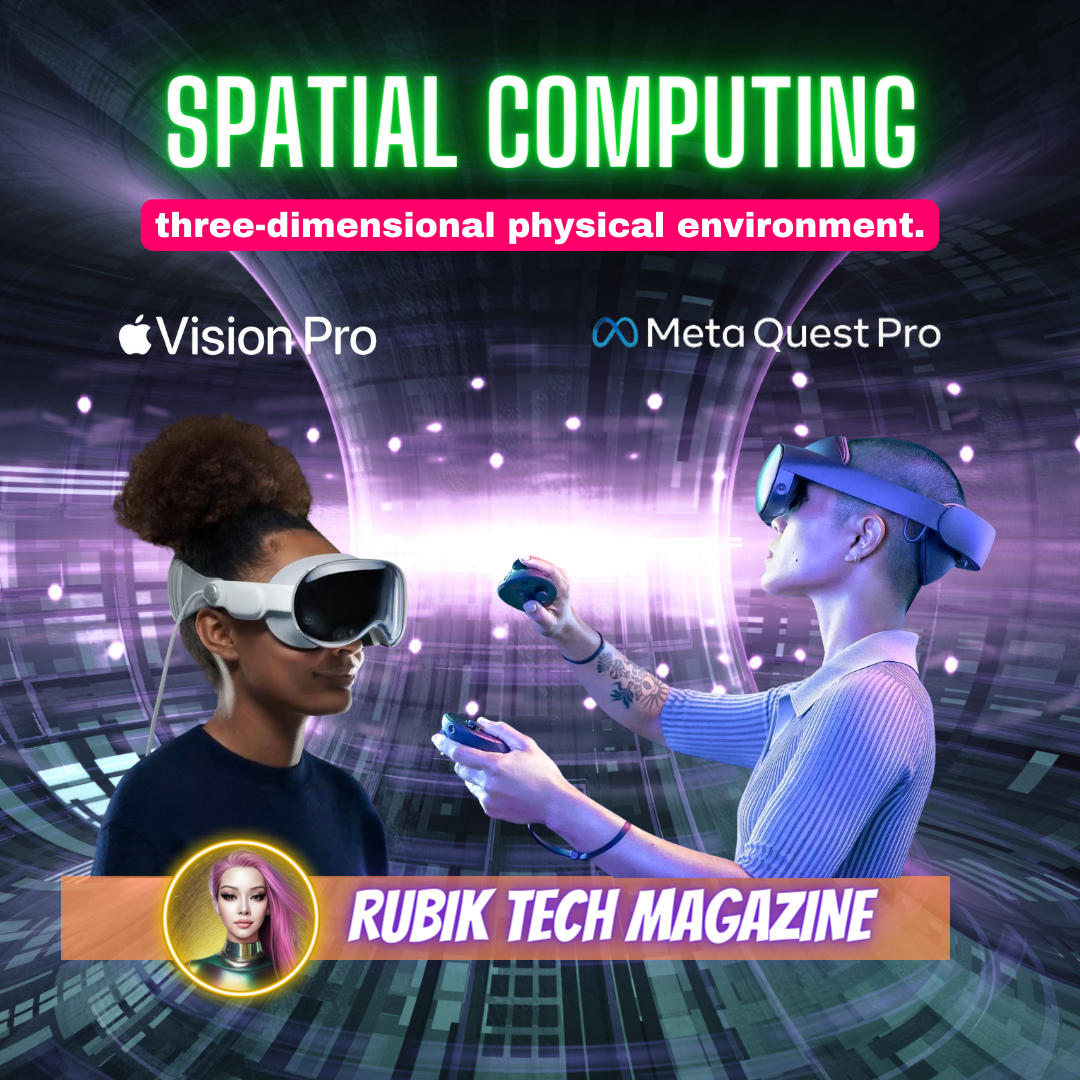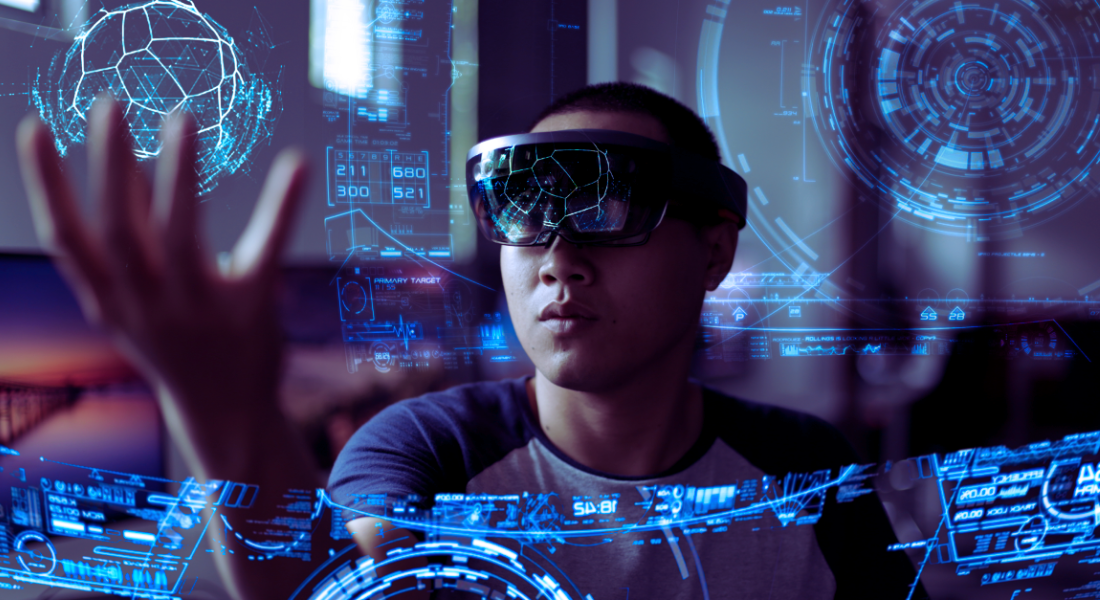
The Kaleidoscope of Three-Dimensional Reality
Spatial Computing emerges as the bridge between the digital and physical realms, promising a sensory experience beyond the confines of two-dimensional limitations. In this journey, pioneering technologies such as Augmented Reality (AR), Virtual Reality (VR), and Mixed Reality (MR) weave a tapestry of unexplored possibilities.

AR: Overlaying the Digital onto the Real
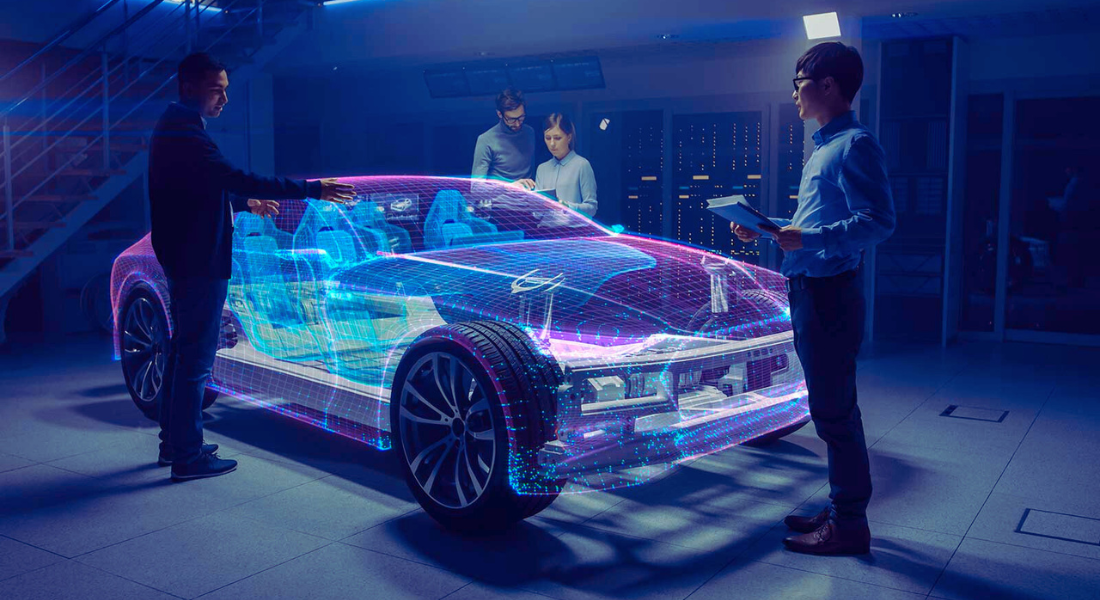
Augmented Reality, the first star in this technological firmament, allows the overlay of digital information onto the physical world. From navigation applications to real-time data visualization, AR transcends the mere screen to become a holographic window opening new perspectives.
VR: Total Immersion in the Digital Universe
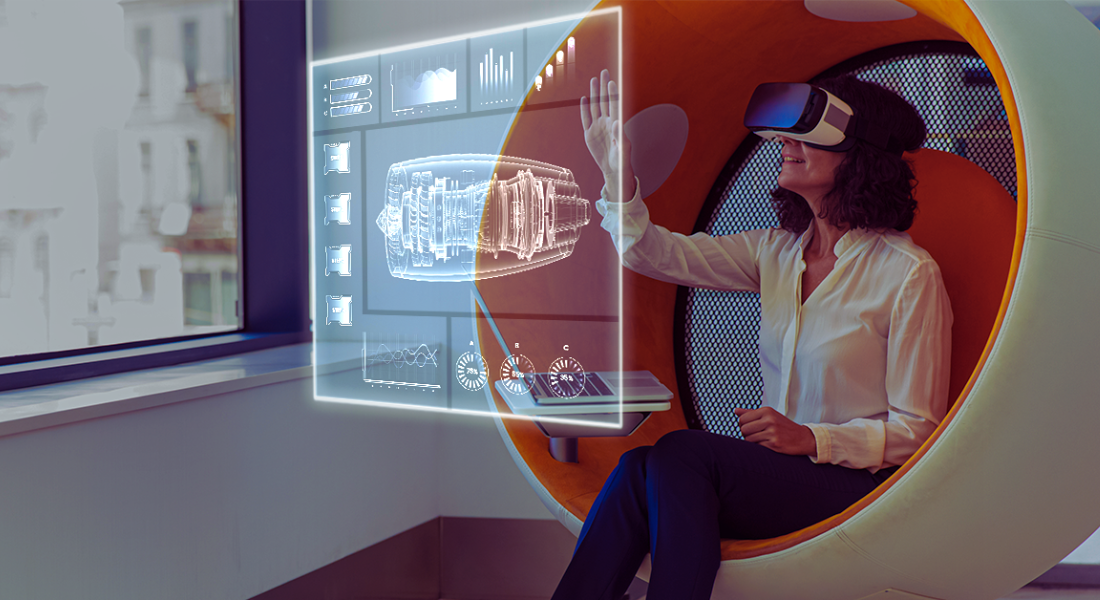
On the other hand, Virtual Reality transports us to entirely digital worlds, immersing us in interactive three-dimensional experiences. From educational simulations to three-dimensional gaming environments, VR redefines the perception of space, making each interaction a unique adventure.
MR: The Subtle Fusion of the Real and the Virtual
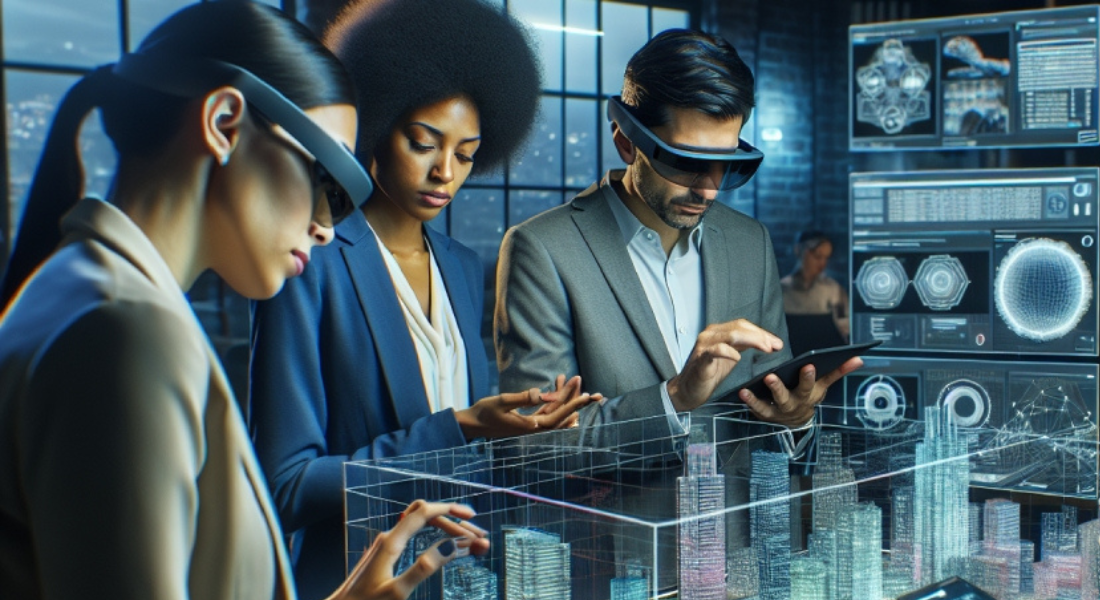
On the horizon of Spatial Computing, Mixed Reality appears as a clever amalgamation of the physical and the digital. This technology not only overlays information but integrates it with the real environment, creating experiences that defy the limits of imagination.

Spatial Sensors: Crafting the Three-Dimensional Experience
Beyond the curtain of Spatial Computing, Spatial Sensors reveal themselves as the invisible architects of a captivating three-dimensional experience. These devices, endowed with astonishing sophistication, work their magic by transforming human movements and gestures into digital impulses, creating an intricate bridge between the physical and the digital.
Invisible Guardians in Action
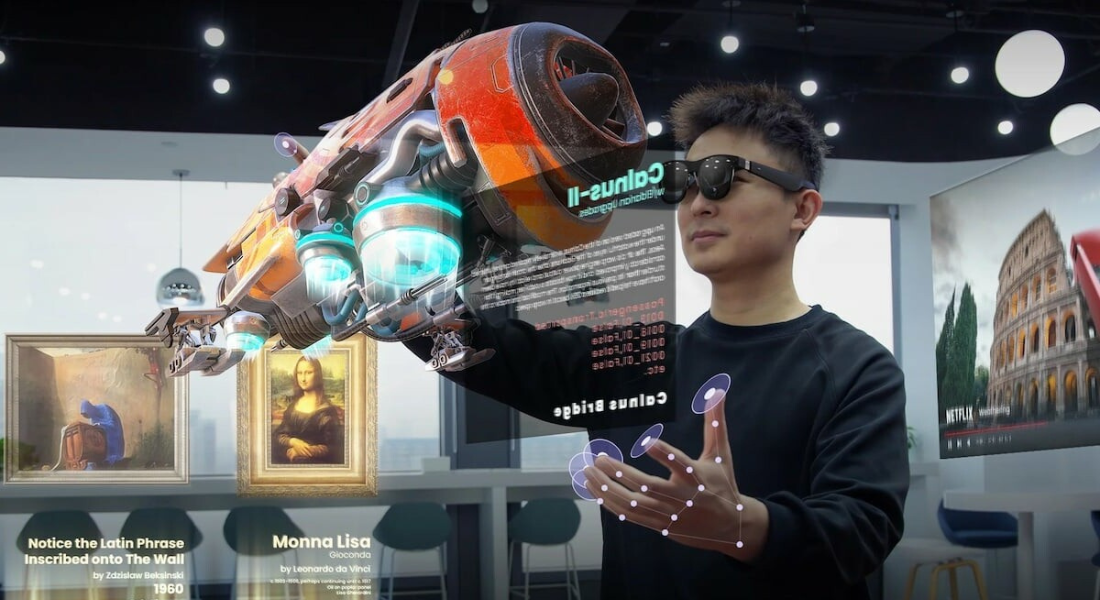
Picture a scenario where every gesture, every movement is detected and understood by these technological guardians. Spatial sensors not only capture the simple act of movement; they delve into the subtlety of our gestures, interpreting the expressiveness of our hands, the tilt of our heads, and even the blink of an eye. This intimate interaction allows for precise and fluid responses, taking the user experience to unprecedented levels.
The Binary Language of Human Expression
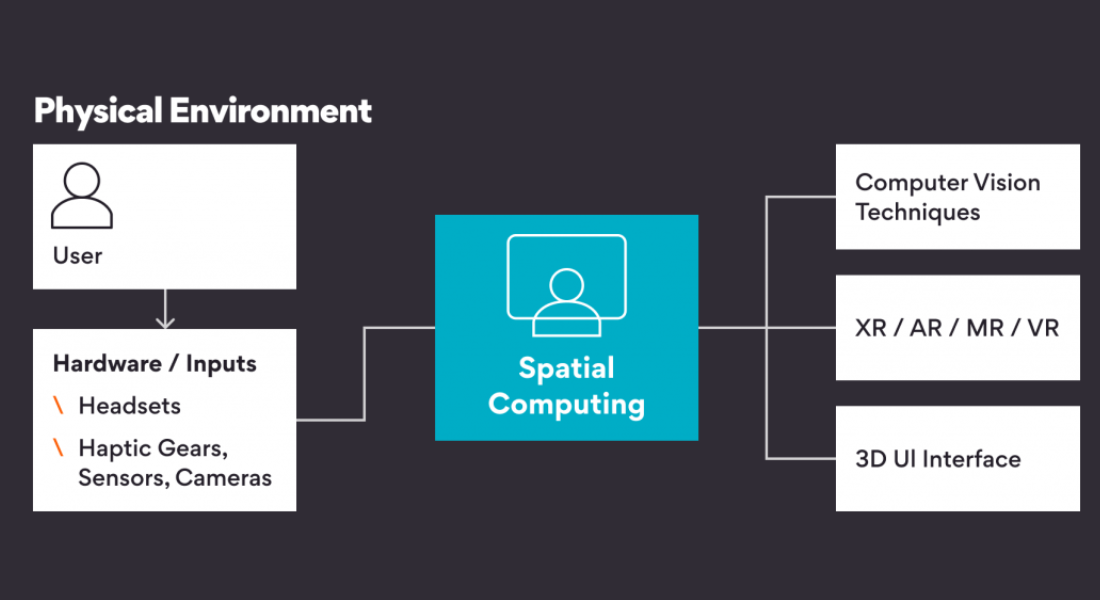
Spatial sensors translate the complexity of human expression into the binary language of computing. Each movement becomes a dance of ones and zeros, a digital spectrum reflecting the richness and diversity of our physical interactions. This real-time translation is the essence of three-dimensional immersion, where technology becomes a faithful echo of our actions.
Extension of Our Senses
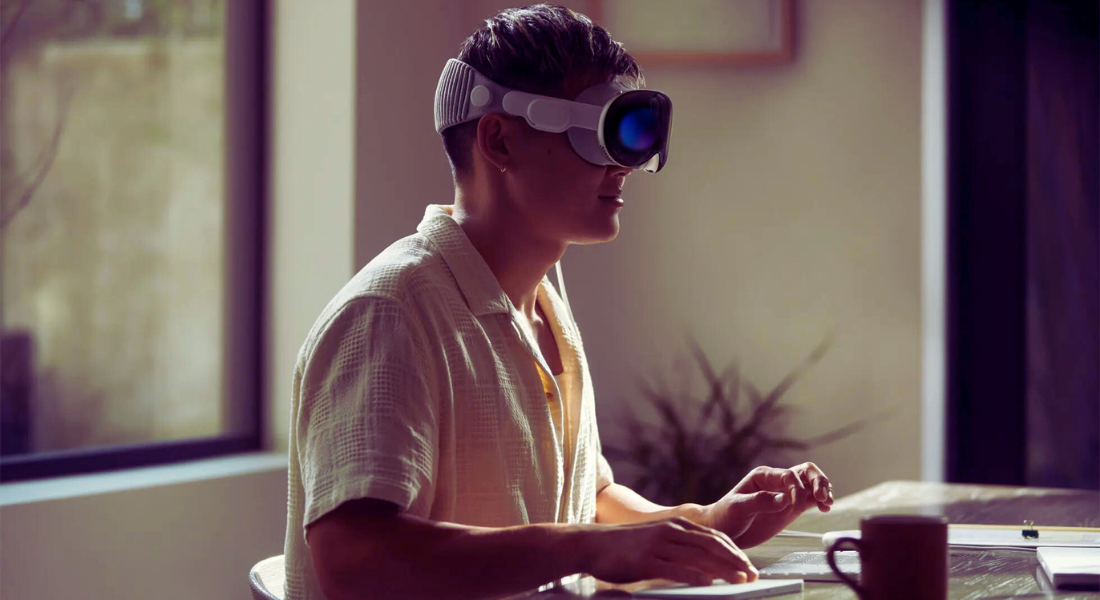
These devices are not mere observers; they are extensions of our senses into the digital world. As virtual extensions of our hands and eyes, spatial sensors enable us to touch and explore environments that previously existed only in the digital realm. Seamlessly integrating with our actions, these sensors transcend the barrier between the user and the machine, transforming interaction into a natural and enriching experience.
A New Digital Spectrum
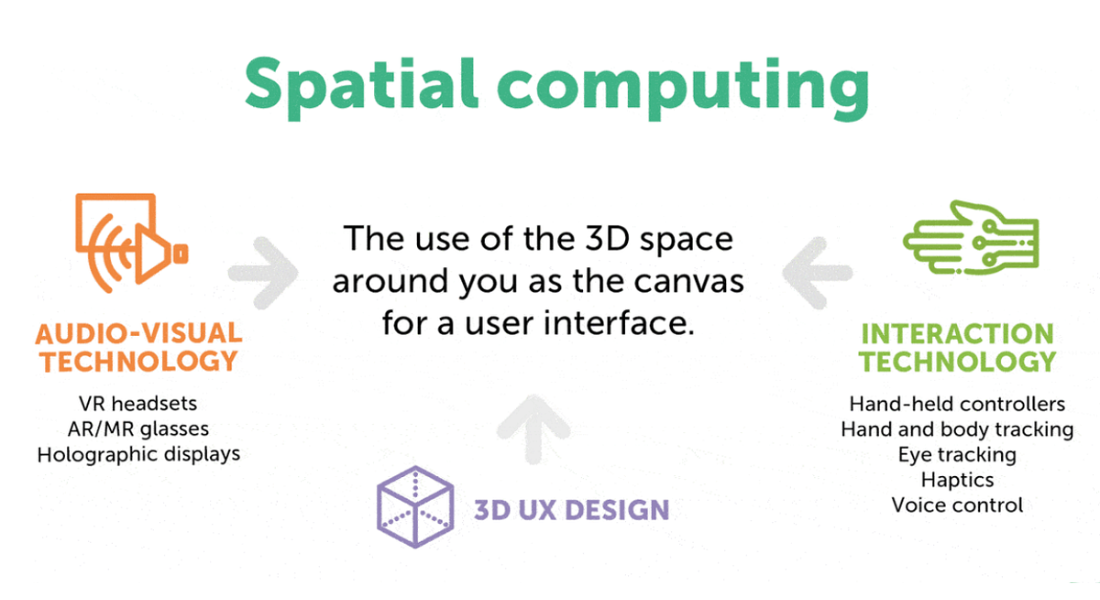
Envision a fluid world between the user and technology, where movements become commands, and responses are instantaneous and precise. Spatial sensors enable this technological interaction, eliminating barriers between the physical and digital worlds. This phenomenon of fluid and natural interaction redefines the user experience, turning digital manipulation into an intuitive extension of our instincts and daily gestures.
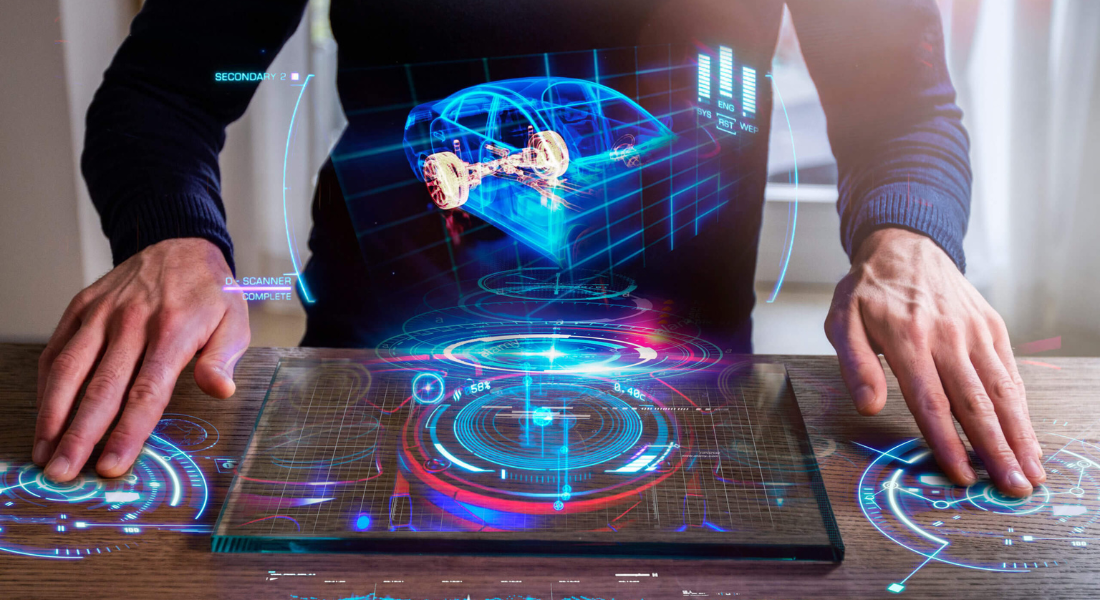
Infinite Applications: Beyond the Conventional
The influence of Spatial Computing extends beyond the borders of mere technological innovation; it is a universe of possibilities unfolded before us, transforming and expanding horizons in diverse sectors such as medicine, architectural design, and more.
Three-Dimensional Medicine: Cutting-Edge Diagnostics
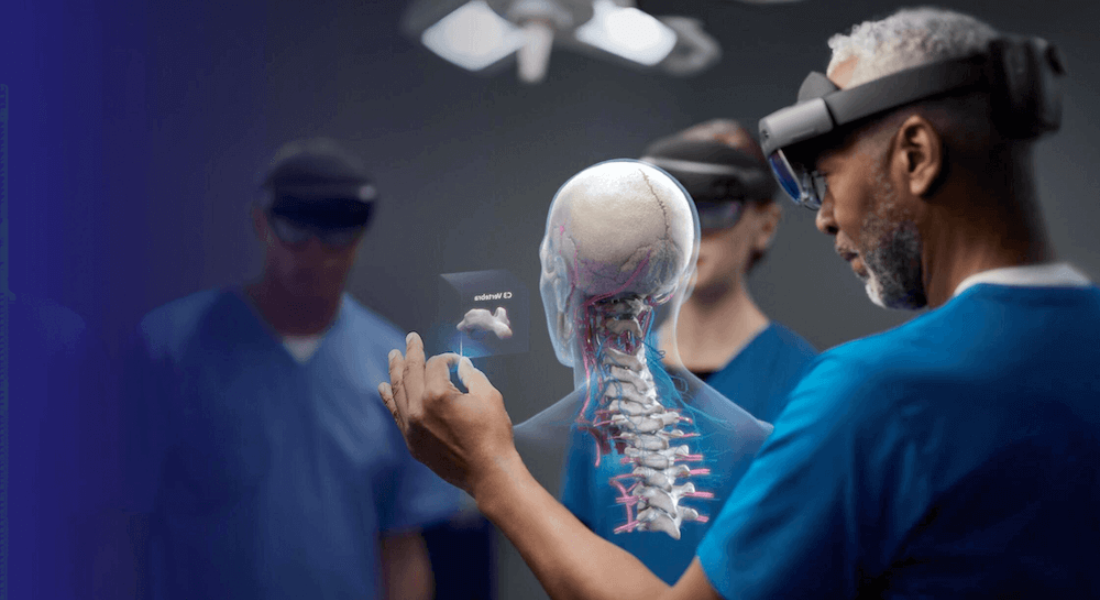
In the field of medicine, Spatial Computing stands as an invaluable ally. The ability to visualize medical data in a three-dimensional environment provides healthcare professionals with an unprecedented tool for precise diagnostics. From detailed exploration of anatomical structures to personalized surgical planning, three-dimensionality adds a new dimension to healthcare.
Architectural Design: Immersive Interaction with Space
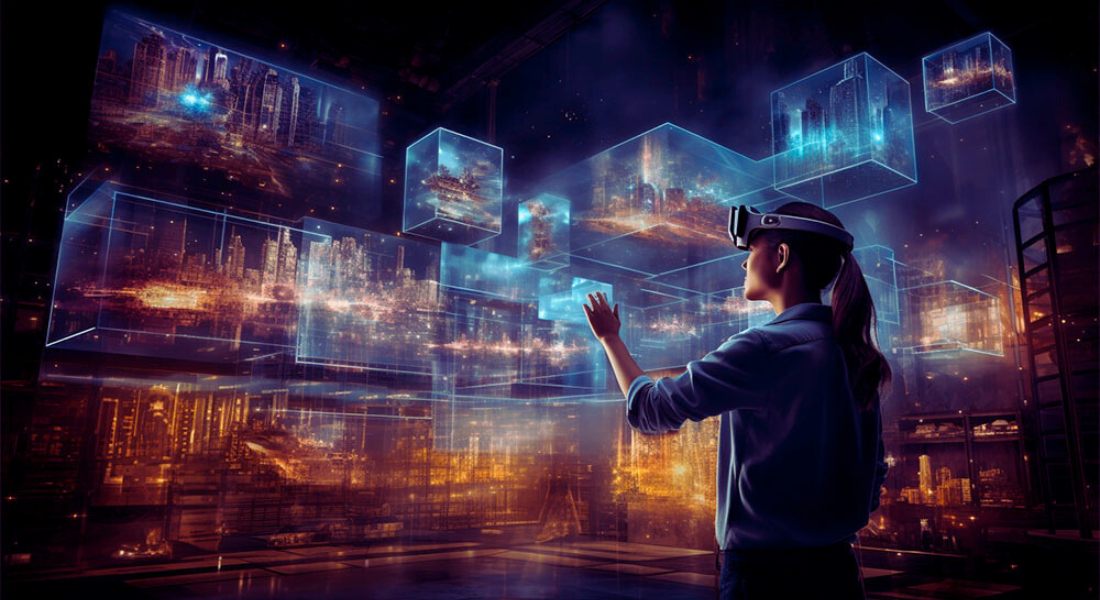
Architectural design professionals delve into a universe of possibilities thanks to Spatial Computing. The ability to interact with 3D models at full scale transforms how architects visualize and create spaces. Three-dimensional immersion not only enhances precision in project conception but also allows designers to explore every virtual corner before the first stone is laid.
Transformed Education: Immersive and Interactive Learning
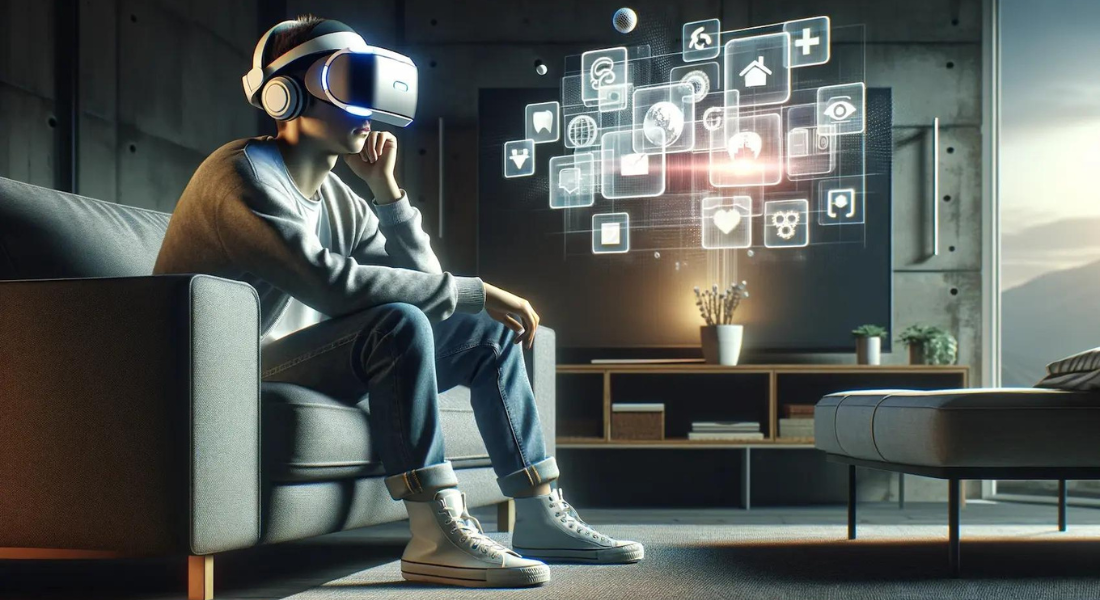
Spatial Computing becomes a digital mentor, transforming the educational landscape. Students not only consume information; they experience it in an immersive way. From virtual tours through history to three-dimensional scientific simulations, education becomes more than a mere act of receiving data; it becomes a participative and memorable experience.
Entertainment Industry: Alternate Realities and Limitless Creativity
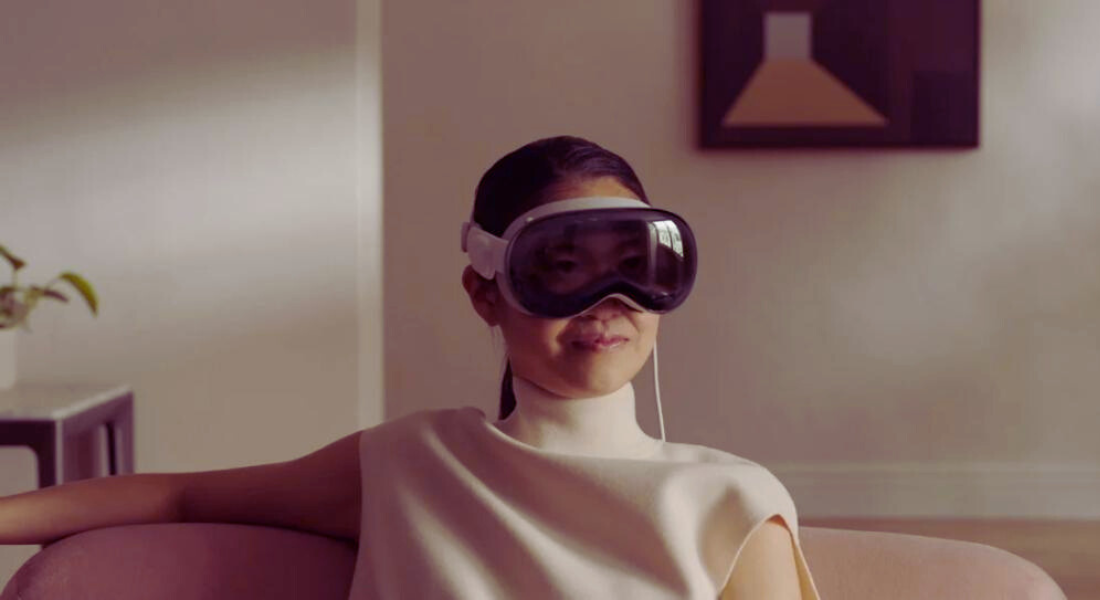
In the world of entertainment, Spatial Computing unleashes unrestricted creativity. Narratives expand into alternate realities where the viewer is not just an observer but an active participant. From engaging three-dimensional games to interactive cinematic experiences, the line between entertainment and reality blurs, taking immersion to unimaginable levels.
Transformed Communication: Virtual Encounters that Transcend Distance
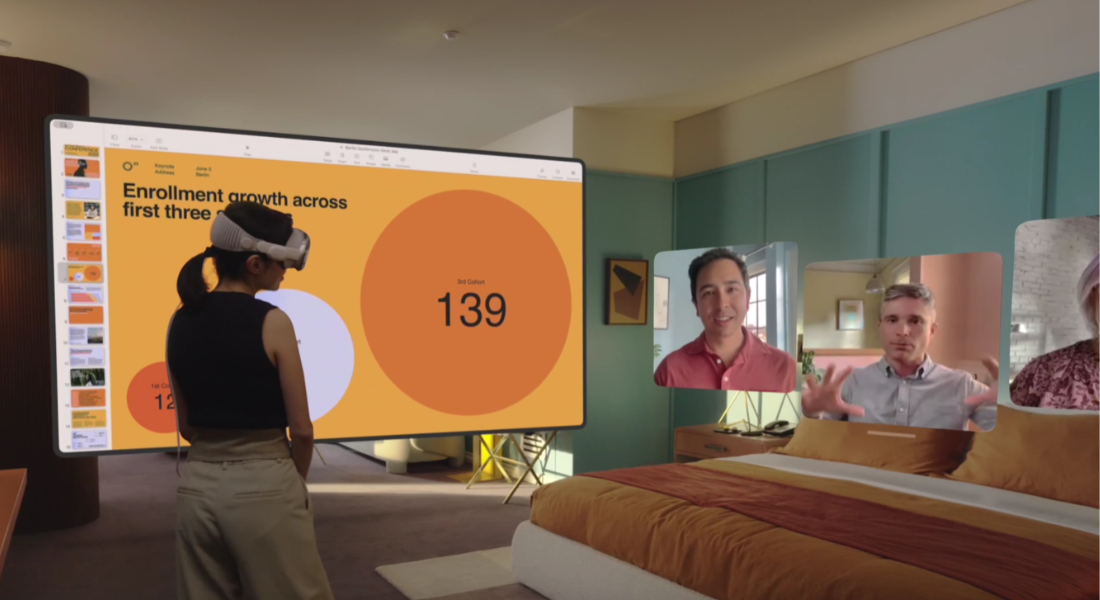
Distance fades away in the era of Spatial Computing. Video conferences transcend two-dimensional limitations, allowing virtual meetings where three-dimensional presence provides a sense of closeness. Business meetings, educational events, and personal connections transform into shared experiences that go beyond the screen.

The Future in Our Hands
In the fascinating world of Spatial Computing, we are just scratching the surface of infinite possibilities. Three-dimensionality becomes our canvas, and interaction with technology transforms into a harmonious dance between the real and the virtual. This journey promises not only to change how we interact with technology but also how we experience and understand our three-dimensional environment.
